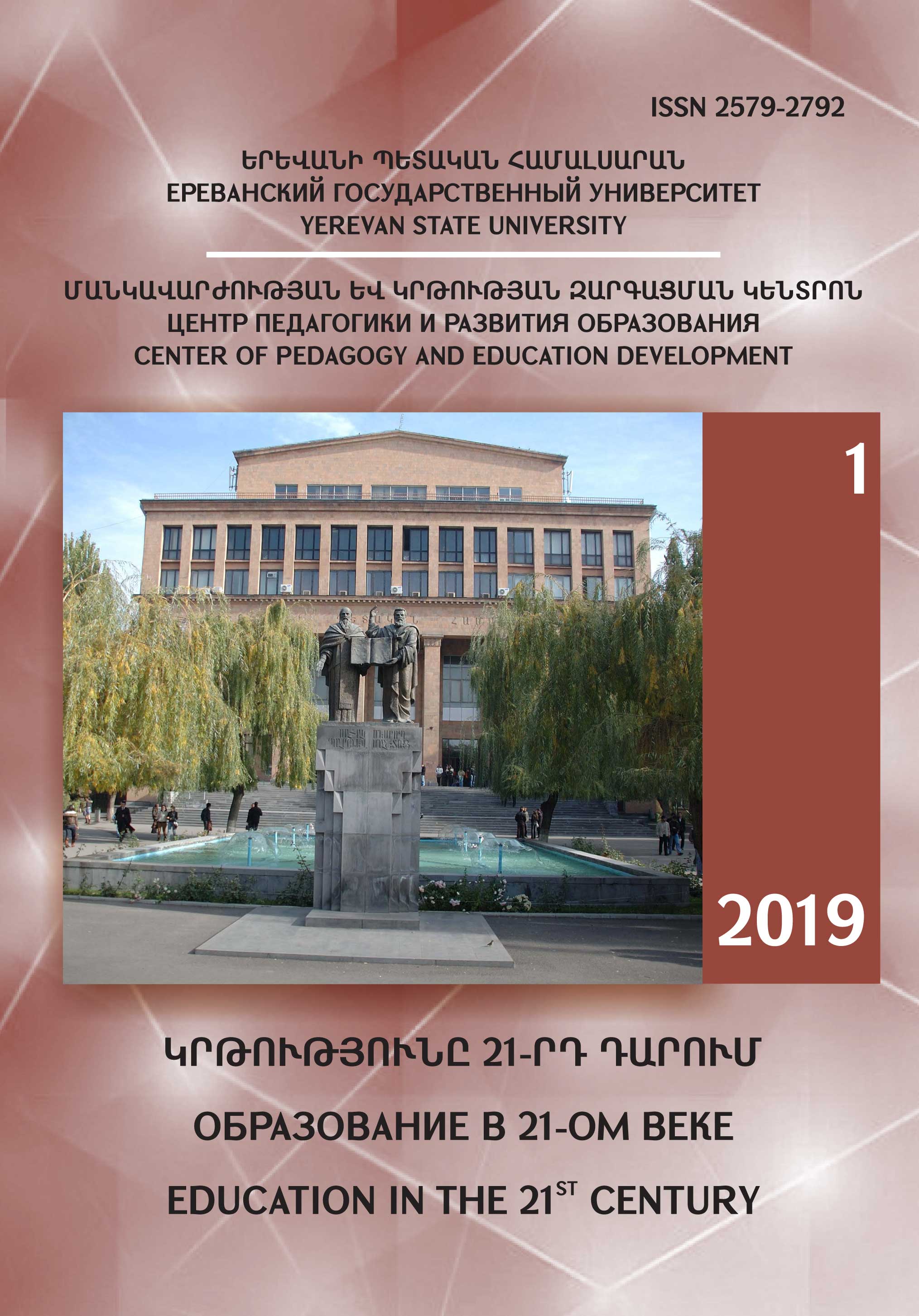INFORMATION AND COMMUNICATION TECHNOLOGY AND CHILD
DOI:
https://doi.org/10.46991/educ-21st-century.v1i1.10644Keywords:
Internet, prevention, addiction, child, social education, social networks, computer games, threat on the Internet, healthAbstract
The article discusses the role and influence of modern information and communication technologies in the life of children. It is reasonable that the development of computer technology and the expansion of the gambling market increase the number of children involved in computers, the Internet and computer games.
Today's research is mainly aimed at discovering these new clinical and social phenomena that enable them to understand the virtual behavior of society and how people use new technologies.
Technological addiction was recognized as a national problem not only in the United States, but also in countries such as China, South Korea and Taiwan. This issue has also been included in public health objectives.
Internet addiction contributes to the formation of a number of psychological problems in children. These include conflict behavior, constant depression, virtual distance compared to real life, difficulties in adapting to society, loss of control over time, and frustration when it is not possible to use a computer.
When using the Internet, the child prefers to “search” rather than “think” or “learn.” At the same time, there is an illusion of arbitrariness and impunity. The latter pushes for violation of human rights, and the illusion of impunity can act as a trap and have serious consequences in real life. There is also a devaluation of morality.
The article also presents the results of sociological surveys that emphasize the need for coordinated and focused work on this issue in both parents and children in the process of preventing the negative impact of ICT. In conclusion, the article also contains several practical tips that will help parents cope with technological dependence and neutralize their negative impact.
References
Թոփուզյան Ա. Օ., Գյուլամիրյան Ջ. Հ., Ասատրյան Ս. Մ., Պողոսյան Լ. Մ., Անտոնյան Լ. Ա., Ղազրյան Մ. Զ., Տեղեկատվական տեխնոլոգիաները տարրական դպրոցում: Ուսումնամեթոդական ձեռնարկ մանկավարժների և ծնողների համար, Երևան, «Գիտություն» հրատ., 2018, 142 է¬ջ:
Бандура А., Теория социального научения. СПб., «Евразия», 2000, 320 с.
Barton, J., Hirsch, Bruce D. Rapkin, Social networks and adult social identities: Profiles and correlates of support and rejection, 1986. American Journal of Community Psychology, August, Volume 14, Issue 4, pp. 395-412.
Davis, R. A., Cognitive-behavioral model of pathological Internet use, 2001. Comput Human Behav; 17:187–195.
Griffiths, M. D., van Rooij, A., Kardefelt-Winther, D., Starcevic, V., Király, O., Pallesen, S., Müller, K., Dreier, M., Carras, M., Prause, N., et al, Working towards an international consensus on criteria for assessing Internet Gaming Disorder, 2014.
Skinner, B. F., About Behaviorism. New York: Alfred A. Knopf, 1974.
Young, K., Internet addiction: Evaluation and treatment, 1974. Stud Brit Med J. 1999;7:351–352.
Downloads
Published
How to Cite
Issue
Section
License

This work is licensed under a Creative Commons Attribution-NonCommercial 4.0 International License.

